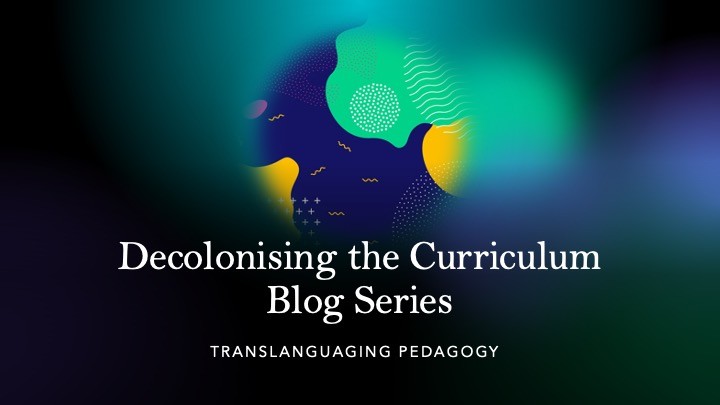
By Samira Niazi
As stated in my previous blog, translanguaging is the deliberate mixing of first and second languages for bilinguals to express their ideas more effectively. Translanguaging practices are of great value in educational contexts and bilingual education, because as Garcia put it: “Language has been used as a tool of domination, conquest, and colonisation throughout history” (2019, p. 152). Translanguaging pedagogy allows students to use every language feature available to them to make meaning and communicate. It does not restrict bilingual students to using only the official language of the school. It allows them to use their home language meaningfully to gain higher attainment at school. For instance, imagine a nine-year-old Hungarian student being allowed to Google a topic for the history lesson, take notes for the geography lesson, and write the first draft of an English narrative for the English lesson, all in Hungarian before presenting the final product in English to the class. These are some representations of dynamic bilingualism where bilinguals use one repertoire full of features belonging to both languages which are not separated but belong to the same system that interacts with each other.
Translanguaging practices are also pedagogical strategies that can be utilised by teachers to cater to the needs of the diverse population of bilingual pupils in any educational context. When bilinguals are allowed to use their home language at school, and teachers encourage the use of home languages rather than suppressing them, the school is taking a step toward decolonisation of the curriculum. Everything does not necessarily need to be done through one dominant language in educational settings and minority languages can gain value and be used. This in turn will restore social justice, as translanguaging empowers "language-minoritised" children by giving their home language the same status and value as the school language. Therefore, in my opinion, translanguaging classrooms can be a society in miniature, breaking the false message of being socially inferior because of not being the native speaker of the official language. To put it in a nutshell, one of the best ways to decolonise the curriculum in every context where linguistic diversity is high and there are many bilinguals is to give home languages the same status as the colonial language and to use both languages hand in hand. Therefore, Translanguaging pedagogy can be a practical approach to decolonisation of the curriculum.
References
Garcia, O. (2019). Decolonizing foreign, second, heritage, and first languages: Implications for education. In D. Macedo (eds), Decolonizing foreign language education (152.168). Routledge.